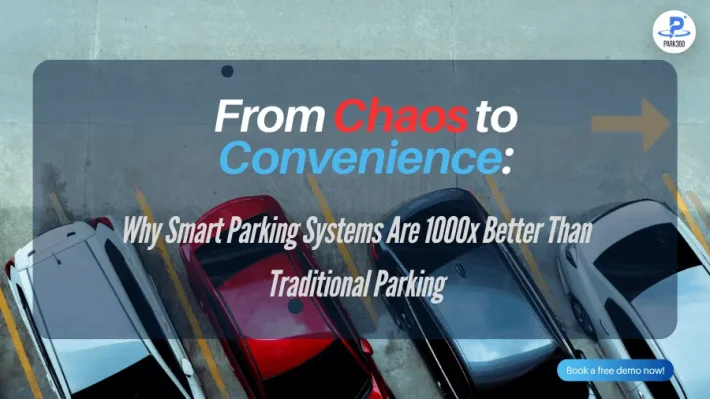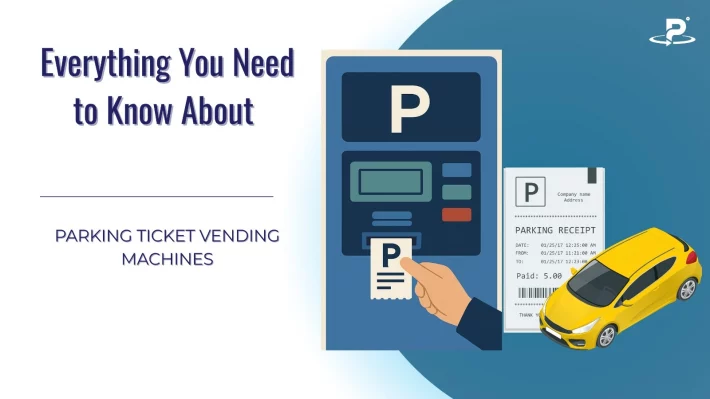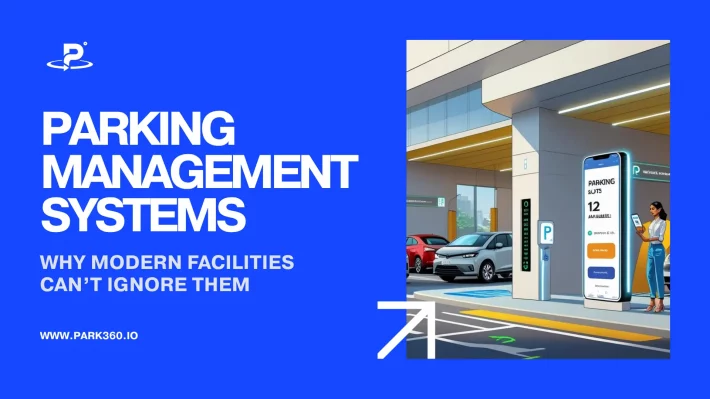Industrial Gate Automation: 10 Powerful Reasons to Upgrade Now

Your industrial gate is more than just a physical barrier—it’s a critical control point for security, compliance, and smooth operations. But here’s the catch: while operations, inventory, and IT evolve, many facilities still operate with outdated, inefficient gate systems.
If trucks are queuing for 10–15 minutes, entry logs are managed with pen and paper, or your staff is manually juggling intercoms and boom barriers—it’s a silent red flag. These inefficiencies don’t just slow down vehicles—they bleed money, compromise safety, and put your business at risk.
Before minor inconveniences escalate into full-blown operational disruptions, here’s a straight-up checklist of 10 signs that your gate system may be holding you back.
What is an ideal Industrial Gate Automation System?
In today’s high-paced industrial environments, managing access points manually is no longer a sustainable approach. Traditional gate systems often fail to meet the demands of modern logistics, compliance, and security standards.
That’s where Smart Industrial Gate Automation Systems come in. These systems use a combination of automated hardware and intelligent software to streamline entry and exit processes, monitor vehicle and personnel movement, and ensure tight security—all without manual intervention.
At their core, smart gate automation solutions are designed to enhance operational efficiency while minimizing human error. They integrate with technologies such as RFID, ANPR (Automatic Number Plate Recognition), biometric authentication, and centralized access control to provide real-time monitoring and control over industrial entry points.
Whether it’s a manufacturing plant, logistics hub, or SEZ facility, these systems provide seamless, secure, and scalable access management tailored to the unique needs of each site.
Why An Intelligent Industrial Gate Automation System Is The Need of the Hour?
In an age where every second counts and security threats are evolving rapidly, the gate to your industrial facility is more than just a physical barrier—it’s the first line of defense and a key touchpoint in operational efficiency.
With the global gate opener market valued at nearly US$2.66 billion in 2023—and expected to grow to over US$4 billion by 2032—it’s clear that businesses across various industries are rapidly adopting automated gate systems.
An intelligent industrial gate automation system ensures that only authorized vehicles and personnel can access your premises, while simultaneously reducing delays, eliminating manual bottlenecks, and maintaining detailed access logs. It’s not just about opening and closing a gate—it’s about controlling the flow of your entire ecosystem.
Beyond security, intelligent automation plays a crucial role in ensuring compliance, reducing costs, and facilitating seamless integration with other operational systems. From real-time data analytics to integration with ERP, logistics, and surveillance platforms, an innovative gate system brings visibility and control like never before.
Studies show that automating gate operations can reduce operational costs by up to 30%, mainly by eliminating manual entry workloads and streamlining vehicle throughput.
In sectors such as manufacturing, warehousing, and infrastructure, where large volumes of vehicles and personnel move in and out daily, investing in intelligent gate automation isn’t a luxury—it’s a necessity for staying competitive, secure, and future-ready.
10 Red Flags You Can’t Afford to Ignore
Industrial gates are more than just entry and exit points—they’re a critical part of your facility’s security, compliance, and operational flow. Yet many businesses continue to overlook warning signs that their gate systems are outdated or underperforming.
From manual operations that slow down vehicle movement to inconsistent access control that compromises security, these issues are often brushed off as minor inconveniences. In reality, they’re early indicators of bigger inefficiencies that could lead to unauthorized access, safety hazards, and rising operational costs.
The longer you ignore them, the more damage they can cause to productivity and perception.
This section outlines 10 unmistakable red flags that signal your industrial gate system is no longer serving its purpose. Whether it’s frequent downtime, lack of integration with access control systems, poor response times, or an inability to handle high traffic during peak hours, each red flag is a wake-up call.
Upgrading to a modern industrial gate automation and access control solution isn’t just a tech upgrade—it’s a business decision that enhances safety, streamlines logistics, and strengthens your overall infrastructure. If your gate is holding you back, it’s time to take action before it starts costing you more than just time.
1. Manual Entry Logs Are Still in Use
Still scribbling names on a register? Manual logs carry a ~1% human error rate, while human mistakes account for 74% of data breaches—significantly elevating compliance risk and undermining audit integrity. That’s a disaster waiting to happen. Paper logs can’t provide real-time access data, and they’re useless during audits or incident tracing.
2. Frequent Bottlenecks During Peak Hours
Long lines at your entry gate mean delays in dispatches, lost productivity, and rising fuel costs. If trucks are routinely stuck waiting, the system isn’t built for efficiency. Automated gate systems have been shown to reduce wait times and increase vehicle flow dramatically—evidence that manual-intensive entry points are hindering throughput and productivity.
3. No Real-Time Visibility
If you can’t instantly check how many vehicles are inside your premises—or where they are—you’re operating blind. An innovative gate system offers live tracking and instant insights.
4. Unauthorized Access Still Happens
Whether it’s tailgating, fake passes, or no real verification—unmonitored access equals high risk. You need technology that can accurately verify every vehicle and person, without introducing manual errors.
5. Gate Staff Overloaded or Always On Call
If your team is juggling intercoms, clipboards, and boom barriers during every vehicle entry, it’s time to automate. Your skilled staff should manage exceptions—not do routine checks.
6. Lack of Integration with ERP or Logistics Platforms
If your gate works in isolation, it’s breaking your operational chain. Gate systems should sync with ERP systems to enable real-time authorization and eliminate manual handovers.
7. No Tamper-Proof Logs for Compliance Audits
Regulated industries need digital, tamper-proof access logs. If you can’t produce automated records during an audit, you’re risking non-compliance penalties.
8. Limited or No Vehicle Identification (ANPR/RFID Missing)
No ANPR? No RFID? Manual checks are prone to errors. Automated vehicle identification ensures verified access with speed, safety, and full traceability.
9. Can’t Handle Multiple Entry/Exit Points
A single-point solution can’t support expansion. If your gate system doesn’t scale to multi-location or multi-gate environments, it’s holding your business hostage.
10. No Post-Sale Support or Update Roadmap
Technology evolves. If your vendor doesn’t provide updates, maintenance, or support SLAs, you’re investing in tech that will be outdated—and unsupported—within months.
Why These Red Flags Matter
These red flags aren’t just operational hiccups—they’re warning signs that your current gate system is putting your facility at risk. Ignoring them can lead to security breaches, compliance issues, delays in vehicle movement, and lost productivity.
Addressing these problems early allows you to stay ahead of disruptions, protect your assets, and ensure seamless access control. In short, recognizing these red flags is the first step toward more innovative, safer, and more efficient gate management.
Let’s connect the dots:
- A 10-minute delay per truck = hours of lost time per day
- Manual records = non-compliance risk + failed audits
- Security gaps = unauthorized access, theft, or worse
- Lack of insights = poor planning, missed KPIs
A modern, intelligent gate automation system addresses these issues simultaneously. It’s not just about speed—it’s about full control, visibility, and operational resilience.
Download the Complete Checklist
Are you unsure how many of these red flags apply to your facility?
We’ve made it easier.
Go through our FREE checklist and audit your current gate setup in under 10 minutes.
✅ Assess your vulnerabilities
✅ Spot inefficiencies in real-time
✅ Share with your team for decision-making
Contact us today for a quick audit…



